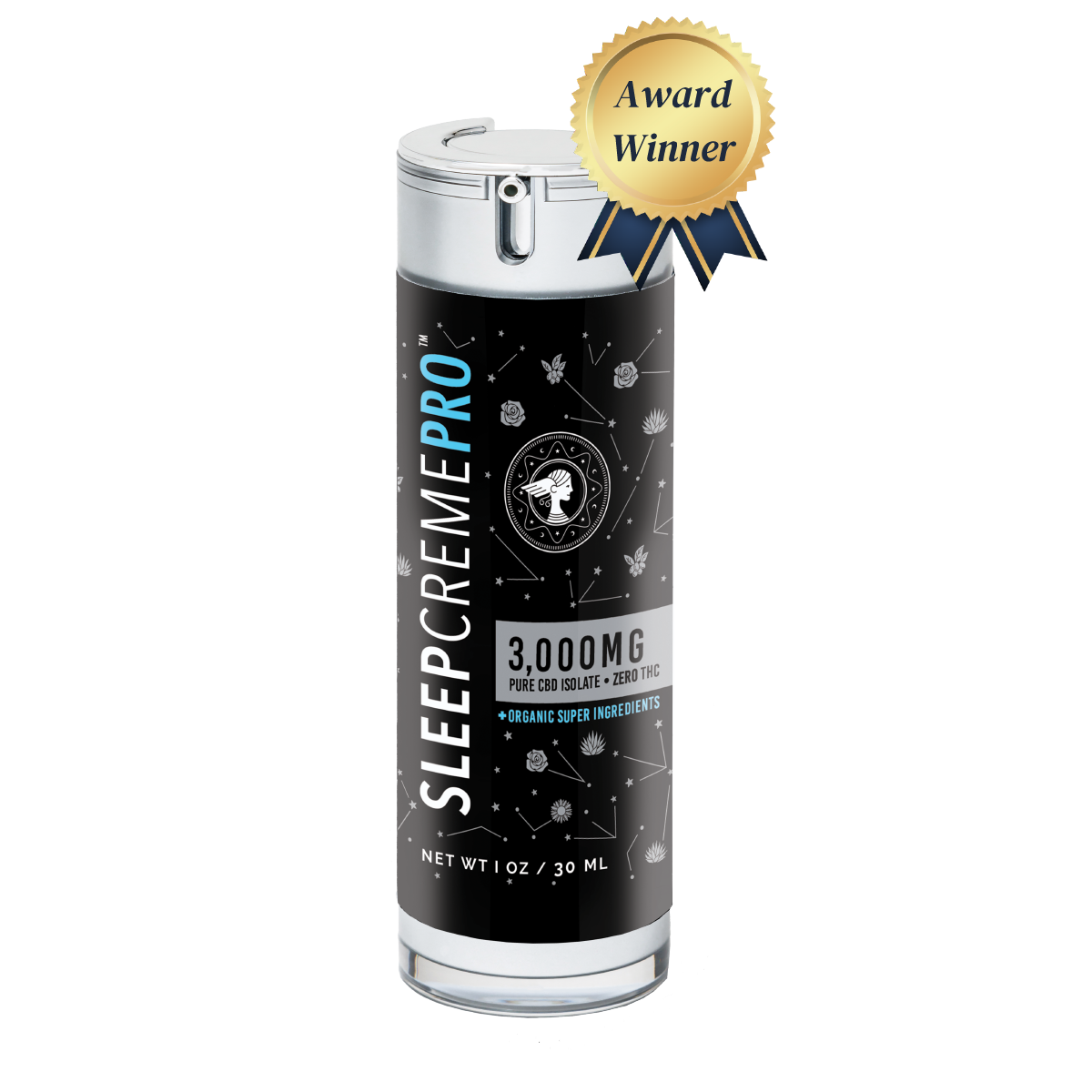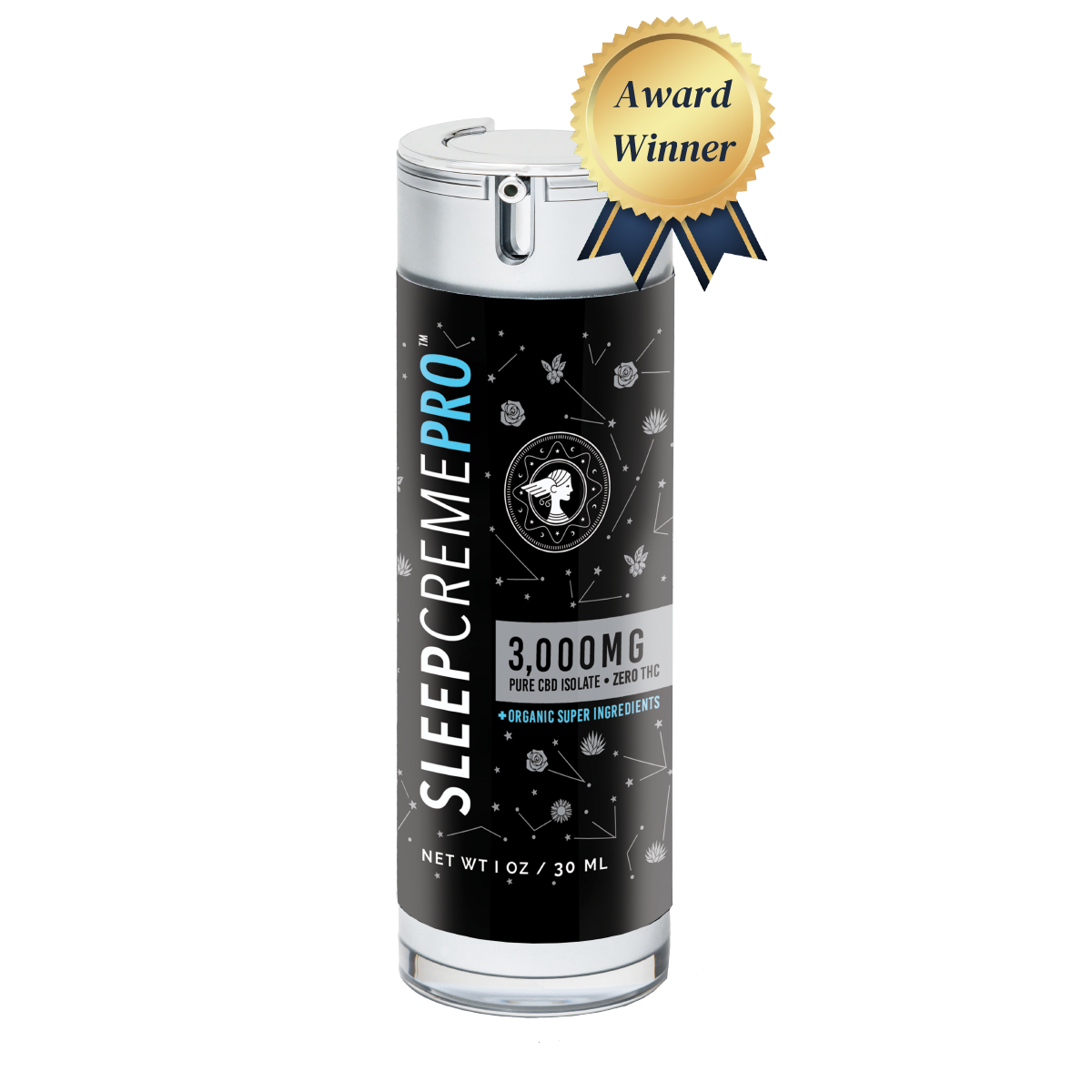How Sleep Changes as We Age — and What You Can Do About It
Understanding Sleep Patterns from Your 20s to Your 60s and Beyond
If you’ve ever wondered why your sleep doesn’t feel the same as it used to—you're not alone. Sleep patterns naturally shift as we age, and these changes can impact everything from mood and memory to overall health. But just because your sleep evolves doesn’t mean it has to suffer.
In this article, we’ll explore how sleep changes through the decades—from your 20s to your 60s and beyond—and how tools like SleepCreme’s CBD-infused topical cream can support a more restful night’s sleep at any age.

Sleep in Your 20s: The Golden Years of Rest
What Happens
Your 20s are typically a time of peak physical health, and that includes your sleep. Most young adults average 7–9 hours of sleep each night, with robust cycles of deep (slow-wave) sleep and REM sleep. These two phases are essential for:
-
Physical recovery
-
Memory consolidation
-
Emotional regulation
What Can Disrupt It
Ironically, despite being primed for great sleep, many 20-somethings experience poor sleep habits due to:
-
Erratic schedules
-
Late-night screen time
-
Stress from school, work, or social life
What You Can Do
Establishing good sleep hygiene in this decade pays off for decades to come. Avoid blue light before bed, create a consistent sleep-wake schedule, and try natural relaxation aids like SleepCreme to calm the body and mind before bed.
Sleep in Your 30s: Subtle Changes Begin
What Happens
As you move into your 30s, slow-wave sleep begins to decline, and total sleep time starts to shorten—by about 10–12 minutes per decade. You may not notice it at first, but these small changes add up.
Life responsibilities often increase in this phase, and many people start to experience:
-
Trouble falling asleep
-
Restless nights
-
Light, less restorative sleep
What You Can Do
This is the decade where stress management becomes critical. Begin supporting your nervous system with relaxation techniques like meditation or bedtime yoga. Applying SleepCreme to pressure points before bed can help trigger physical relaxation that naturally encourages better sleep.
Sleep in Your 40s: More Fragmentation, Less Restoration
What Happens
This is the age where many start to notice a real difference in sleep quality. While you might still aim for 7–8 hours, your sleep efficiency begins to drop due to:
-
More frequent awakenings
-
Less time in REM sleep
-
Earlier bed and wake times (circadian rhythm phase advance)
Hormonal shifts (especially for women), midlife stressors, and changing health conditions can contribute to feeling less rested, even after a full night in bed.
What You Can Do
Consistency becomes your best friend in your 40s:
-
Maintain a steady bedtime
-
Wind down with a calming routine
-
Keep the bedroom cool and dark
A topical CBD-infused cream like SleepCreme may help relieve tension in overworked muscles and calm the nervous system, creating a more optimal environment for deep rest.
Sleep in Your 50s: Lighter Sleep and Earlier Mornings
What Happens
In your 50s, you may experience:
-
Decreased total sleep time
-
Significantly less deep sleep
-
More frequent trips to the bathroom
-
Difficulty returning to sleep after waking
Sleep becomes more fragile, and even small disruptions—light, temperature, stress—can have a greater impact. This is also when chronic health conditions or medications may begin to interfere with sleep.
What You Can Do
Creating a buffer zone before bed—a 30- to 60-minute wind-down routine—can make a big difference. This is the ideal time to use SleepCreme as part of your nightly ritual. Apply to your neck, shoulders, or the soles of your feet to help ease your body into rest mode.
Sleep in Your 60s and Beyond: Adapting to New Rhythms
What Happens
Sleep in later life doesn’t necessarily mean fewer hours—but it often means:
-
More fragmented sleep
-
Earlier sleep-wake times (circadian rhythm shifts)
-
Increased daytime napping
-
Less REM and deep sleep
These changes are completely natural, but they can contribute to daytime drowsiness, lower mood, or decreased cognitive sharpness if not addressed.
What You Can Do
Rather than resisting change, work with your body’s evolving rhythms. Embrace earlier bedtimes, avoid caffeine after noon, and support relaxation with non-habit-forming, natural sleep aids like CBD.
Why CBD-Infused SleepCreme Can Help at Any Age
Sleep is not just about the number of hours you get—it's about the quality of those hours. That’s where SleepCreme comes in.
Formulated with premium CBD and a blend of calming botanicals, SleepCreme is designed to help you relax and fall asleep faster and stay asleep longer!
It’s a non-ingestible, non-habit-forming option that integrates seamlessly into your nightly routine—whether you’re 29 or 79.
Try it for yourself and feel the difference.
Use code FALLASLEEP20 at checkout to save 20% off your first order. Shop now at SleepCreme.com
Final Thoughts: Sleep Evolves—But Rest Is Always Possible
Aging doesn’t mean you’re destined for bad sleep—it simply means your sleep needs change. By understanding how sleep evolves over time and embracing gentle, supportive solutions like SleepCreme, you can rest easier, night after night.
Whether you’re navigating the stress of your 30s or embracing the slower pace of your 60s, your body and mind deserve the kind of sleep that restores you—naturally.
Sweet dreams start with self-care. Start tonight with SleepCreme.








